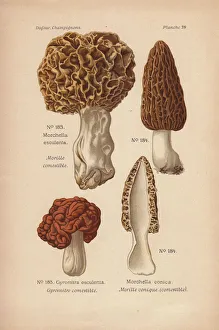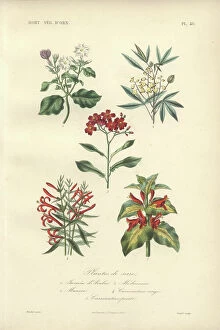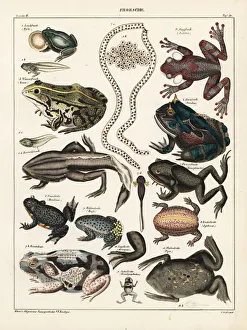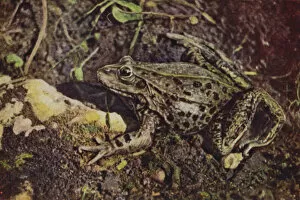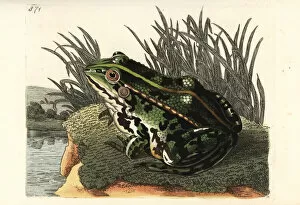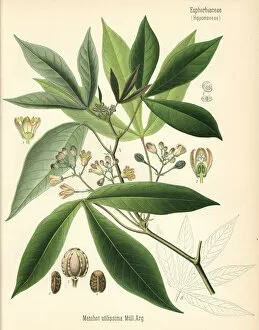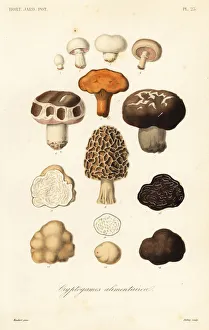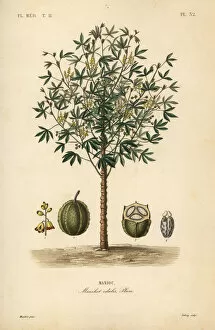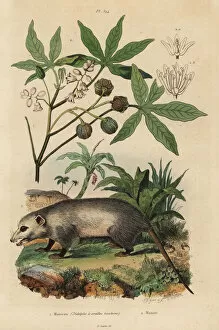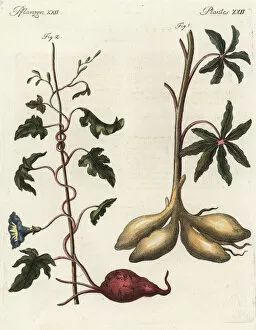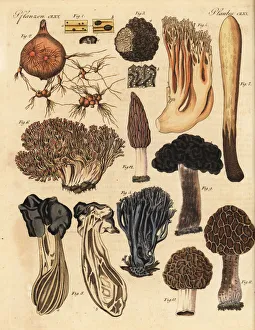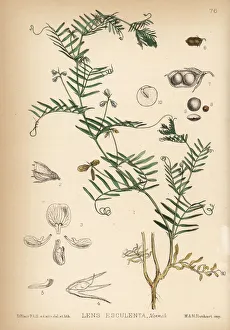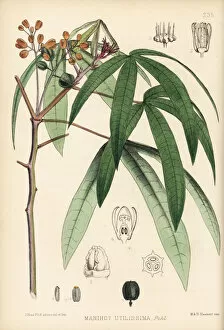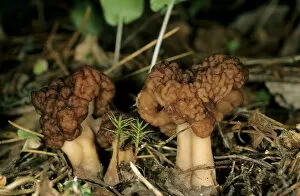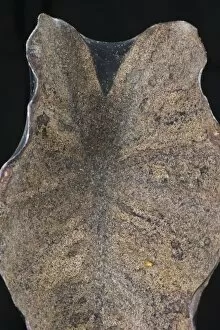Esculenta Collection
"Exploring the Edible World of Esculenta: From Morel Mushrooms to Taro and Cassava" Discovering the diverse realm of esculenta
All Professionally Made to Order for Quick Shipping
"Exploring the Edible World of Esculenta: From Morel Mushrooms to Taro and Cassava" Discovering the diverse realm of esculenta, where culinary delights await at every turn. Delve into the enchanting world of Morchella esculenta and M conica, two captivating varieties of morel mushrooms that tantalize taste buds with their earthy flavors. Venturing further, we encounter a symphony of edible mushroom and fungi varieties, each boasting its own unique texture and taste. Frogs, toads, and tadpoles also make an appearance in this gastronomic journey as we savor the delectable flesh of Rana esculenta - a visually stunning amphibian delight. The Pelophylax esculentus species beckons us with its succulent meat; commonly known as edible frog or common green frog. Its vibrant hues captivate our senses while offering a delightful feast for our palates. Taro (Colocasia esculenta) stands tall alongside the majestic dragon tree as we explore both visual beauty and culinary versatility. These tuberous wonders add depth to dishes with their starchy goodness. Intriguingly named Aerodramus fuciphagus introduces us to another aspect of esculeta's bounty - edible-nest swiftlet nests prized for their delicate flavor profile in Asian cuisine. Cassava (Manihot esculenta), manioc or tapioca plant takes center stage next – a versatile root vegetable that can be transformed into various mouthwatering delicacies such as cassava chips or tapioca pudding. Cryptogames alimentaires showcases yet another facet – an array of edible mushrooms waiting to be discovered by adventurous food enthusiasts. Not forgetting about Tubercules alimentaires - these underground treasures like yuca or manioc plants (Manihot esculenta) offer sustenance across cultures worldwide through their rich nutritional content and culinary adaptability.

